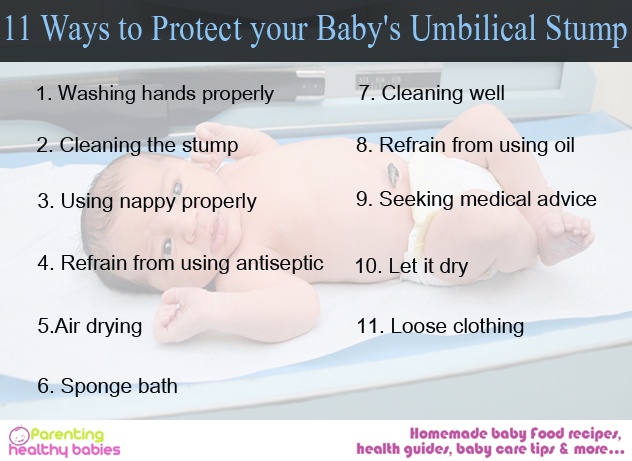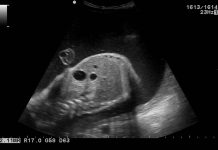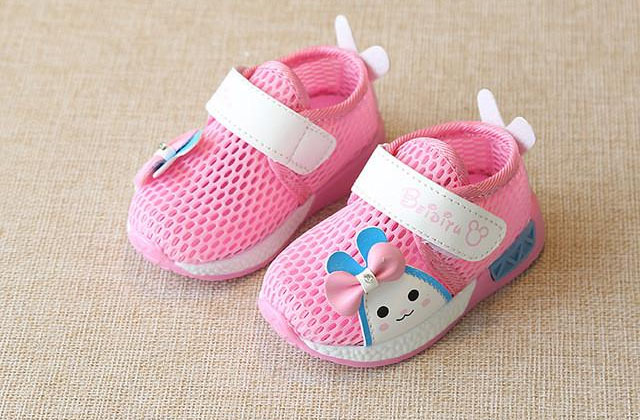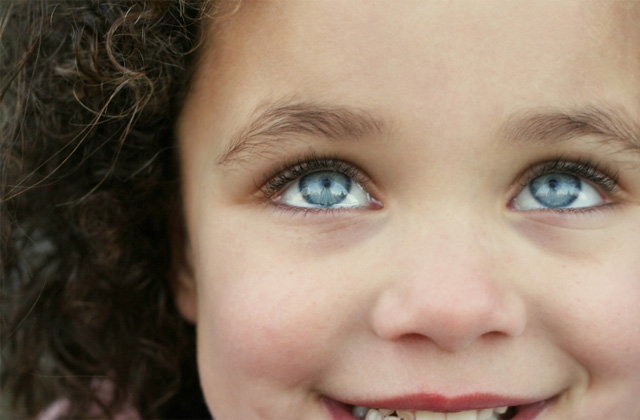The umbilical stump can develop an infection within no time. It is important that you care for this stump till it dries up and falls off on its own. How do you do this? Read on to know how you can protect your new born’s umbilical stump and avoid him or her from contracting any sort of infection.
After a baby is born, the parents leave no stone unturned to keep him/her in top condition. Every nuance of the baby’s health needs to be analyzed 24×7 to rule out the risk of infection or health issues. The umbilical cord is what ties the fetus to the womb during pregnancy. After the childbirth takes place, the doctor cuts the chord and a small stump remains on the navel of the new born. The umbilical stump eventually gets dry and falls off, but you need to ensure it does not get infected and lead to infant health complications.
Read More: Umbilical Hernia in Children: Cause and Symptoms
Ways to ensure the baby’s umbilical stump remains in top shape
Basically, you will need to ensure the baby’s umbilical stump remains dry and free of germs. This way, it will dry fast and fall off the navel on its own. The average period is 5 -15 days after the birth. You can use the below listed measures for this:
11 Tips to care your Baby’s Umbilical Stump
1. Washing hands properly
You must ensure your hands are clean and free of germs when you clean the stump and adjacent regions. Clean hands with a mild sanitizer every time you wash the baby. This is also applicable for anybody who touches the baby during this phase.
2. Cleaning the stump
You may use warm water to wash the baby and stump area. Plain water or mildly soapy water can be used. Ensure the stump does not remain wet after bathing. Dry it using a soft towel or cloth.
3. Using nappy properly
Before you put on the nappy ensure the stump and adjacent region is dry. Wet stump under the nappy can lead to skin itching and attract moisture and dirt. Ensure the nappy does not cause friction to the stump. So, buying the right sized nappy is something you must do.
4. Refrain from using antiseptic
You may feel using an antiseptic ointment or lotion may cause the stump to heal faster. However, the reality is antiseptic usage will delay the drying process and falling off.
5. Air drying
Using air to dry the stump is the best options. So, keep the baby, minus nappy a few times day so air can pass and dry the stump area.
6. Sponge bath
An infant does not require extensive bathing, more so if the childbirth takes place during the chilly days of winter. So, you can use warm water and give him/her sponge bath during this period.
7. Cleaning well
The baby’s stump may get covered in urine at times. When that happens, wash using mildly warm water to which baby cleanser has been added. Add with clean water after that and pat dry with soft towel. You may play a dash of baby powder on the area to help dry fast.
8. Refrain from using oil
While massaging a baby with natural oils is deemed to be good you should refrain from it until the stump gets dry and falls off on its own. After birth, the navel area remains very sensitive and applying oil may not be suitable. It may lead to risk of infection.
9. Seeking medical advice
It is normal for the baby’s umbilical stump to look swollen after birth and the color will change until it falls off. Unless you see bleeding or find the child feeling pain, medical intervention may not be necessary.
10. Let it dry
It would be best to let the umbilical cord dry and heal on its own. Do not press any object to it. There was a time rubbing alcohol was a ritual to let the stump dry off, but doctors no longer think it is necessary.
11. Loose clothing
If you use clothing for the infant apart from the nappy, ensure it is loose and allow enough space to let air pass to the skin. This will facilitate stump drying process. Avoid using any single piece baby dress.
With these simple tips you can ensure that your baby’s umbilical stump remains dry and clean and free from infections until it falls off on its own. The first few days after your baby’s birth is very crucial and you must do all it takes to protect him or her!
References:
https://www.babycentre.co.uk/a127/caring-for-your-babys-umbilical-stump
https://www.in.pampers.com/newborn-baby/care/article/newborn-umbilical-cord-care













